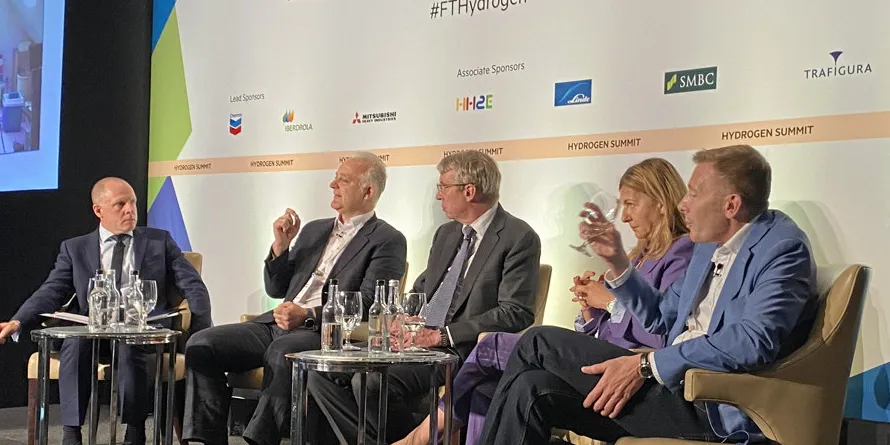Hydrogen-derived sponge iron could become a globally traded commodity: ETC chair
Moving sponge iron production to locations awash with renewables and green H2 makes sense for decarbonised steel, says chair of Energy Transitions Commission

Moving sponge iron production to locations awash with renewables and green H2 makes sense for decarbonised steel, says chair of Energy Transitions Commission
